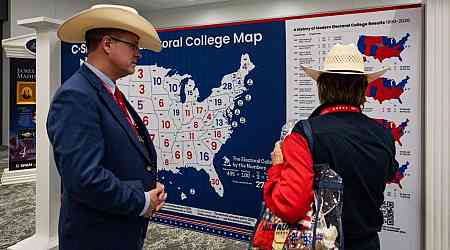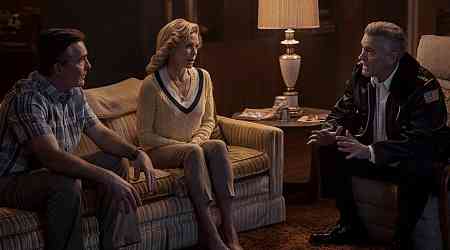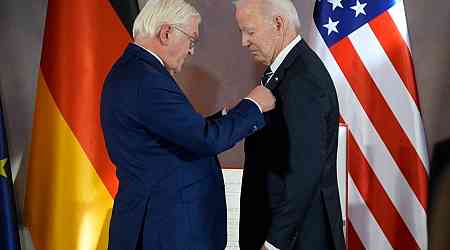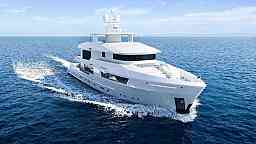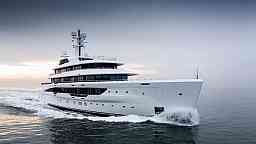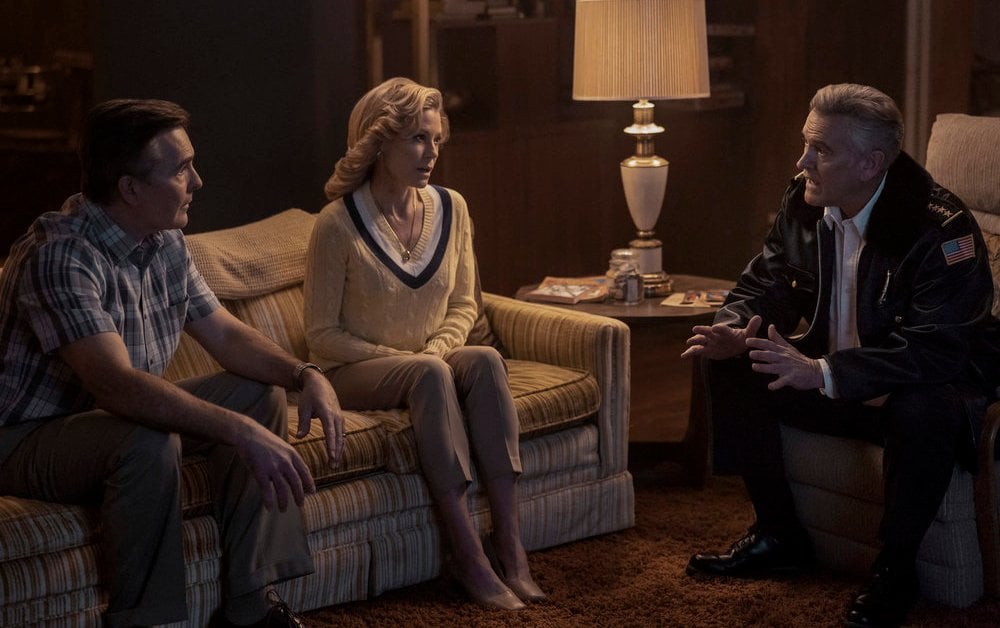
Even as new presidential polls are released each day with one candidate or the other in the lead, Americans have learned in recent elections that, because of the Electoral College, the candidate with the most popular support can still lose the election. The 2016 election is a prime example.
[time-brightcove not-tgx=”true”]At the Constitutional Convention held in Philadelphia in 1787, discussions about how to choose the President were contentious. Because of the winding road the delegates took to reach the solution, the origins of the Electoral College are usually described as being either about the delegates’ distrust of the people or as a means to perpetuate slavery.
Actually, the Electoral College was about both and more. Examining the perspective of John Dickinson, a delegate from Delaware and an architect of the Electoral College who neither distrusted the people nor supported slavery, sheds light on the Framers’ intentions and how we might proceed at this moment in American politics.
Dickinson had extensive political experience before attending the Constitutional Convention. He had served as a legislator, member of Congress, and governor for Pennsylvania and Delaware. He wrote more for the Founding than any other figure, including the first draft of America’s first constitution, the Articles of Confederation (1776). He also advocated women’s rights and was an abolitionist. By 1787, he had freed all those he had enslaved and attempted to secure passage of an abolition bill in Delaware.
Read More: The 7 States That Will Decide the Election
The overarching goal of the Convention was to balance the freedom of the people with the power of the government. Delegates sought to limit both licentiousness (abuse of liberty) by the people and the potential for tyranny (abuse of power) by the government. Dickinson described this goal as protecting the worthy—those who observed the laws—from the “passions” of both the people and their servants, including the President.
Several other concerns shaped the debate on the Presidency. Delegates wanted to involve the states in the workings of the federal government, to ensure that the most populous states did not overpower those with fewer voters, to maintain the separation of legislative and executive powers, and to determine the role the people should have in Presidential elections.
Balancing liberty and power was especially challenging when it came to the executive branch. Safeguards against a tyrannical President could come in many forms. In addition to advocating impeachment for misbehavior and prosecution for criminal acts, on which all delegates agreed, Dickinson wanted the President to be both weak and popularly elected.
He preferred a plural executive (more than one President), like the three-man Supreme Executive Council of Pennsylvania, over which he himself had presided for three years. He liked that there were “independent spirits” checking him. But the Convention decided on a singular executive, despite some delegates, including Dickinson, believing that it could plant the seed of monarchy.
The delegates also disagreed on how the President should be elected. Dickinson preferred that the President be elected directly by the people. When Elbridge Gerry of Massachusetts voiced his deep distrust of the people, arguing that allowing them to choose would be “radically vicious,” Dickinson responded that “the best and purest source” of executive power was the people. But most delegates feared pure democracy, considering it as “mobocracy.” Some wanted to exclude the people from any direct role in government, believing that they were lacking in virtue (disinterestedness) and liable to vote a demagogue into power.
But a degree of democracy was the Convention’s only hope to preserve the republic. “The wit of man never invented such an antidote against monarchical and aristocratical projects, as a strong combination of truly democratical republics,” Dickinson explained, “in which all the officers are from time to time chosen by the people.”
The solution to the election problem came when Dickinson’s former law clerk, James Wilson of Pennsylvania, introduced the idea of an elector system, whereby a select group of men would choose the President.
The Convention eventually embraced the plan, which was intended in part to reinforce the socio-economic hierarchy, with wealthy, white Protestant men at the top, that had always existed in America. The delegates intended to stem the rising tide of democracy through use of such representatives, what James Madison called the “filtration of talent” and Thomas Jefferson called the “natural aristocracy.”
Read More: House Moves Toward Updating Electoral Count Act, Hoping to Avoid Repeat of Jan. 6
The electors would come from the states, giving the states a stake in choosing the executive, and their number would equal the total number of representatives the state had in Congress. Dickinson approved, convinced that “Cooperation of the several States” in the Presidential election would be “the Basis of our federal Fabrick.” It would also ensure that small states such as Delaware would not be dominated by the large, populous states.
Southerners also liked the plan because, in mirroring elections for Congress, it extended the Three-Fifths Clause, which counted enslaved people as three-fifths of the population, to the election of the President. Dickinson hated any expansion of slave power, and he abhorred the Three-Fifths Clause. To him, it was the most regrettable compromise of the Convention.
When the Committee of Eleven met to settle the details of electing the President, debilitating headaches prevented Dickinson from joining until it was adjourning. When the members informed him that the electors would be chosen by the state legislatures, he objected. He thought the plan improperly mixed legislative and executive powers, potentially making the President a creature of the legislatures. He also believed that the electors should be chosen by the people.
“What signifies speaking of Representatives in a state,” he queried, “if the people will not chuse Representatives[?]” He observed that the people would be loath to accept a powerful President unless they were “immediately concerned in his Election.” He should be “the Man of the People.”
Accordingly, James Madison of Virginia revised the article of the Constitution to provide that the state legislatures shall merely direct the appointment of electors. In hindsight, Dickinson regretted that Madison had not been more specific. For decades after ratification of the Constitution, most state legislatures appointed the electors themselves, and Dickinson wished that the words “to be chosen by the people” had been inserted in the article. “I can affirm,” he said in 1802, “that the Intention of that Assembly was—that the Electors should be chosen by the People, and not appointed by the Legislatures of the States.” By 1864, the states finally obliged.
Although Dickinson was disappointed not to get the direct popular election he wanted, he also saw some benefit in the elector plan. Writing as “Fabius” in 1788 to encourage ratification, he explained, “This President is to be chosen, not by the people at large, because it may not be possible, that all the freemen of the empire should always have the necessary information, for directing their choice of such an officer.” To Dickinson, the people were not “vicious”; they were merely uninformed. Therefore, the “most signally qualified” men would be “appointed by the people” and would “dedicate their votes to the best interests of their country.”
Dickinson may have hoped for a time when electors would be unnecessary. He never ceased working to bring ordinary Americans into the national political dialogue, establishing and funding schools, libraries, and other endeavors to advance public civic education. He wanted education for poor children of different races, genders, and religions, suggesting that he envisioned a future when the franchise could expand beyond elite, white, Protestant men. Yet, although Dickinson had faith in the American people, he also feared for them, imagining a future in which there would be “more passion, less Virtue, and greater Temptations of Power and Wealth flaunting before the Eyes of the Ambitious and the rapacious.”

Today the country bears little resemblance to the world that gave us the electoral college: We assume individual equality within a vastly expanded citizenry; we have universal suffrage with no property requirements; and we have an extensive public education system and free-flowing information online. But we face the same problem that the Framers confronted—uninformed voters. And now we also face extreme partisanship, disinformation, and a host of other electoral problems.
The Electoral College has not worked as Dickinson hoped, to protect the people from unscrupulous politicians. As we now know, electors possess no more virtue or knowledge than the people at large. Today Dickinson’s ideas are more relevant than ever, especially his desires that the people should have access to robust civic education and the power to elect the President themselves, without the Electoral College as a mediator. The alternative is to succumb to those who wish to reestablish the colonial-era hierarchy, including monarchy and aristocracy.
Jane E. Calvert is Founding Director and Chief Editor at the John Dickinson Writings Project and author of the forthcoming book, Penman of the Revolution: A Biography of John Dickinson (Oxford University Press, 2024). This essay is adapted from one appearing in Picking the President: Understanding the Electoral College (University of North Dakota Press, 2024).
Made by History takes readers beyond the headlines with articles written and edited by professional historians. Learn more about Made by History at TIME here. Opinions expressed do not necessarily reflect the views of TIME editors.



















